New on TheScubaDirectory Blog |
The Importance of Diving Sustainably |
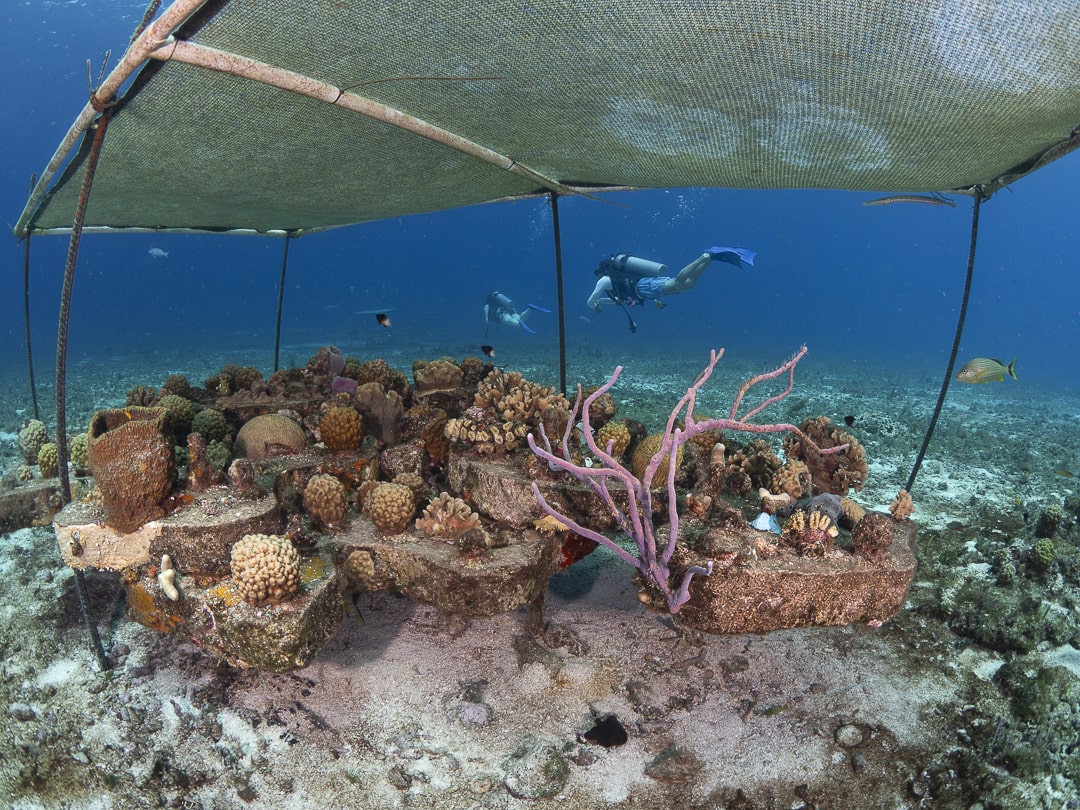 |
Image Credit: Sand Dollar Sports |
As divers, we have the privilege of exploring the underwater world, and with that comes the responsibility to protect it. Choosing a sustainable dive center is a crucial step. Such centers lead the way in promoting eco-friendly practices, reducing waste, and safeguarding marine ecosystems. Many pursue global certifications like Travelife, Green Fins, and PADI Eco Center, demonstrating their commitment to environmental and ethical standards. These dive centers often engage in coral reef restoration, involving divers and local communities in planting coral fragments and monitoring reef health. They also organize beach and underwater cleanups in partnership with organizations like Ocean Conservancy and PADI Aware, removing debris to protect marine life. Additionally, they educate local communities and children about marine conservation, inspiring future ocean stewards. As individual divers, we can contribute by choosing reef-safe products, reducing single-use plastics, and supporting eco-conscious dive centers. Participating in conservation initiatives further amplifies our positive impact. By diving responsibly and supporting sustainable practices, we help preserve our oceans for generations to come. Read Full Blog |
Been Diving or Snorkeling Lately? |
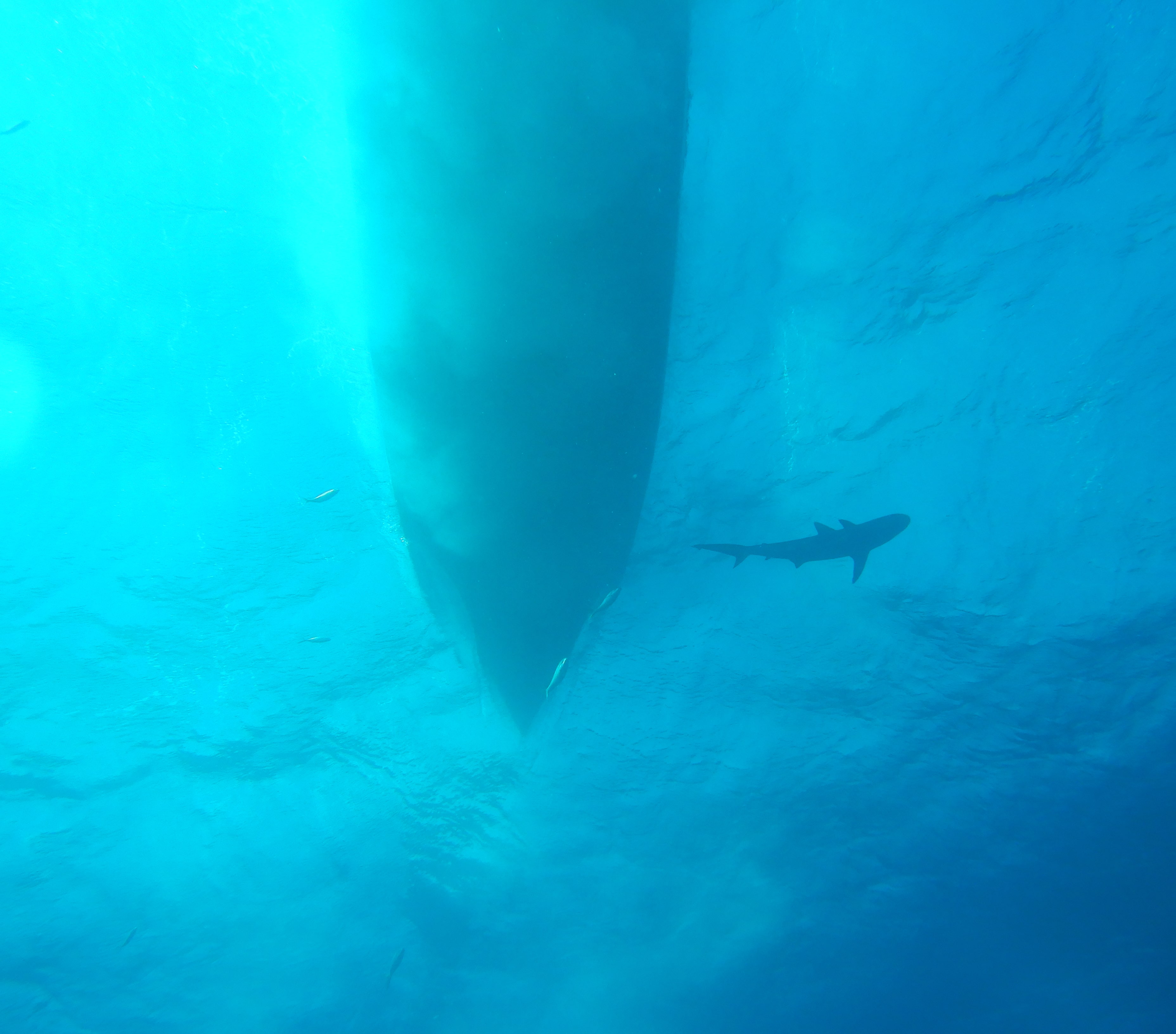 |
Image Credit: TSD User AlyssaL |
Your experiences are very helpful to others and will help them in deciding what sites to visit and operators to use. By sharing your experiences, you are making TheScubaDirectory a better resource for everyone. 🙏 Please take a moment to review a dive site, snorkel site, or dive shop. |
| |
Top 5 Most Popular Newsletter Articles of 2024 |
1. The Largest Ocean Cleanup in History |
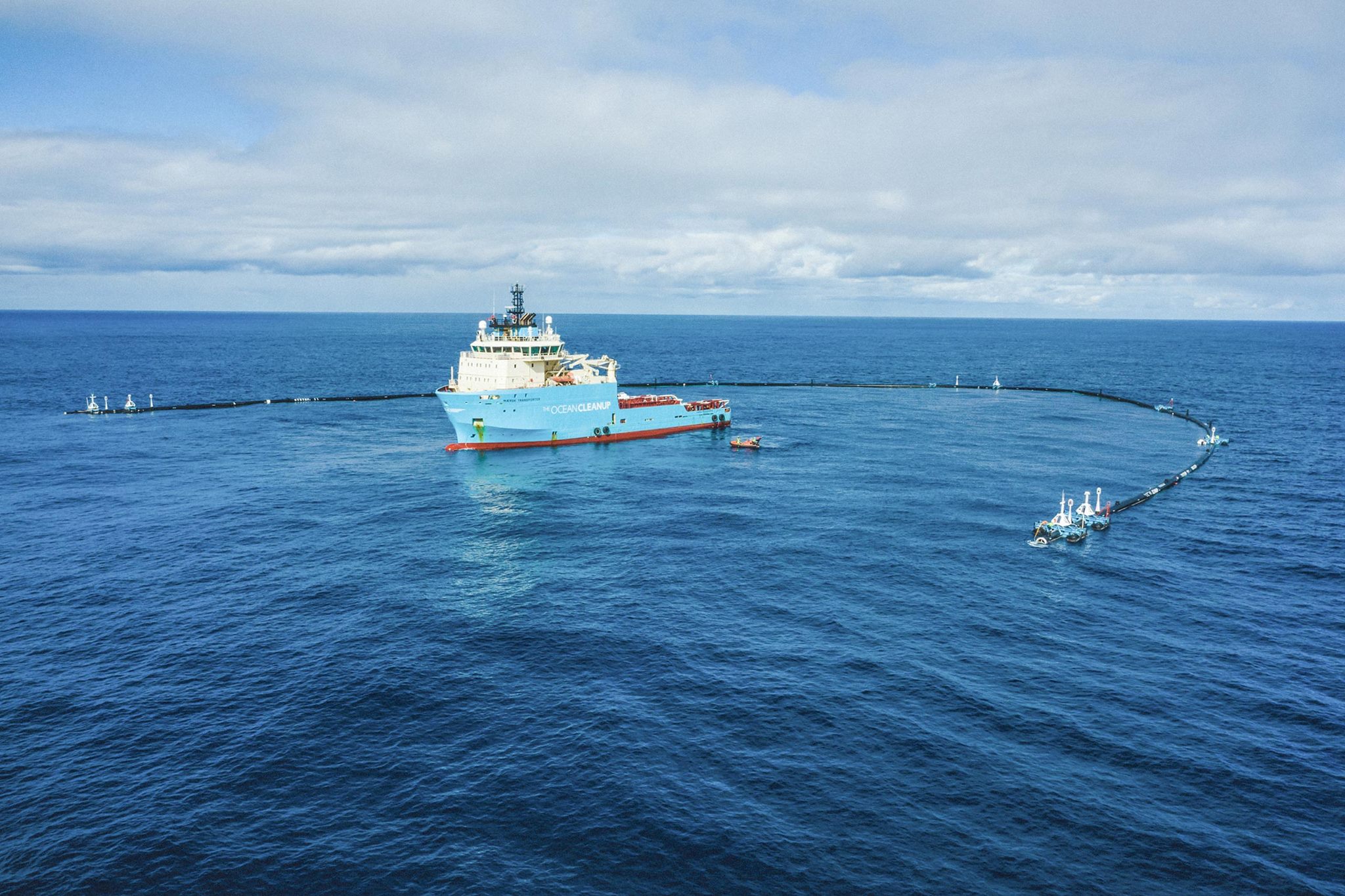 |
Image Credit: facebook.com/TheOceanCleanup |
The Ocean Cleanup is a non-profit foundation that was founded in 2013 by Dutch inventor Boyan Slat. Their goal is to have removed 90% of floating ocean plastic by 2040 and put themselves out of business once the oceans are clean. The non-profit has developed several innovative systems to remove garbage from oceans and rivers. One of their inventions called System 03, is about 2.5 kilometers (1.4 miles) in length and can clean an area of ocean equivalent to a football field every five seconds. May 29th 2024 was their 100th plastic extraction from the Great Pacific Garbage Patch. They live streamed the extract on X and YouTube. Check out the video here. |
2. Diving Blind – Jess Pita |
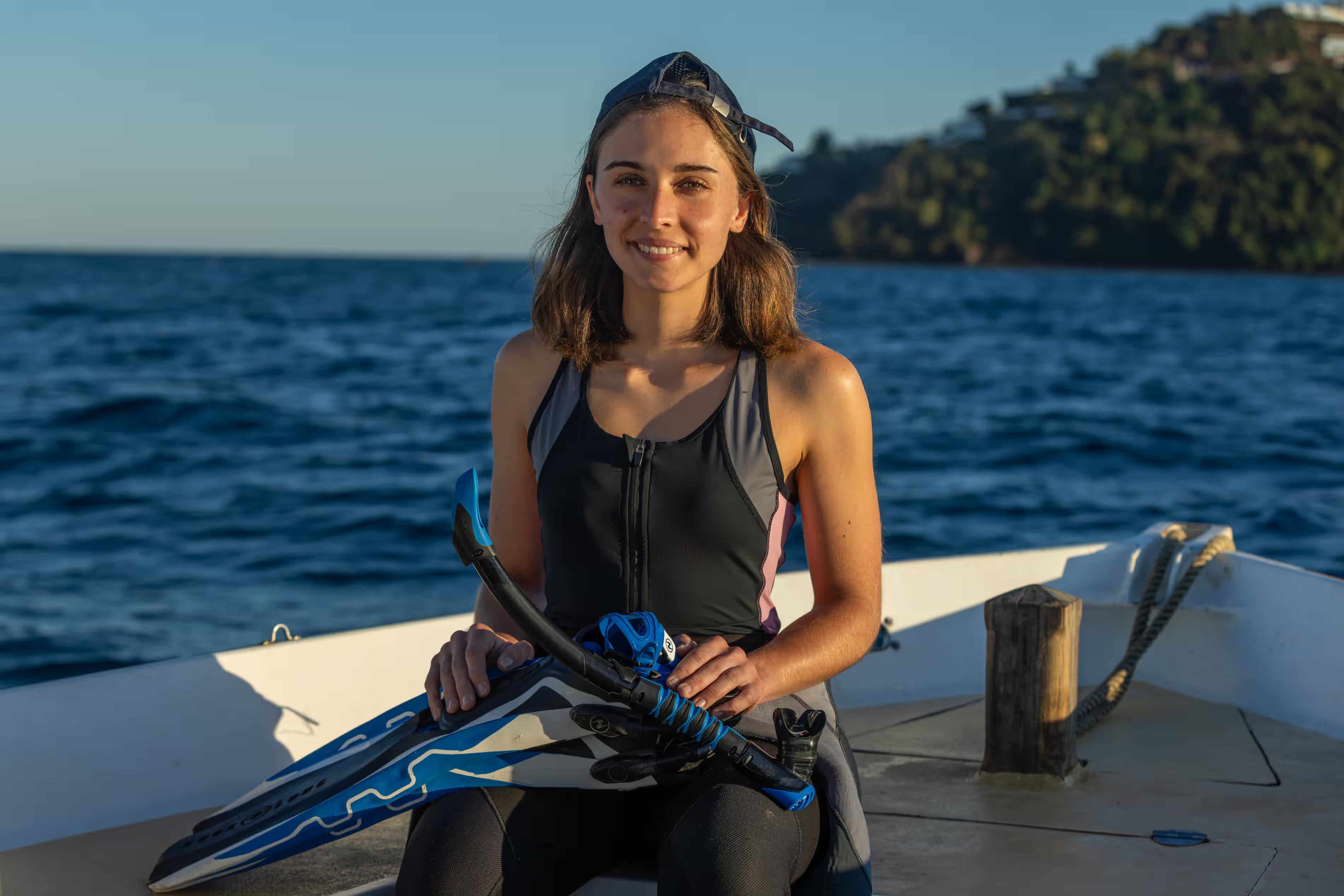 |
Image Credit: Chris Scarffe/The Guardian |
Jess Pita is South Africa’s first blind, PADI certified diver. Without the ability to see, she focuses on the sounds of the reef and relies on her dive buddy for navigation. A good dive buddy is crucial for Jess to have a safe and enjoyable dive, they interlink hands and use tactile hand signals to communicate under water. Jess has over 20 dives and describes the experience as providing her with a new sense of independence and empowerment. Jess is an inspiring young woman who has overcome her blindness and is a passionate advocate for disabilities. She advocates for better education and understanding of disabilities to combat stigma. Jess shares her stories and encourages others to embrace their challenges and transform them into strengths. Learn more about Jess’s story here. |
3. The Deep Pool Project |
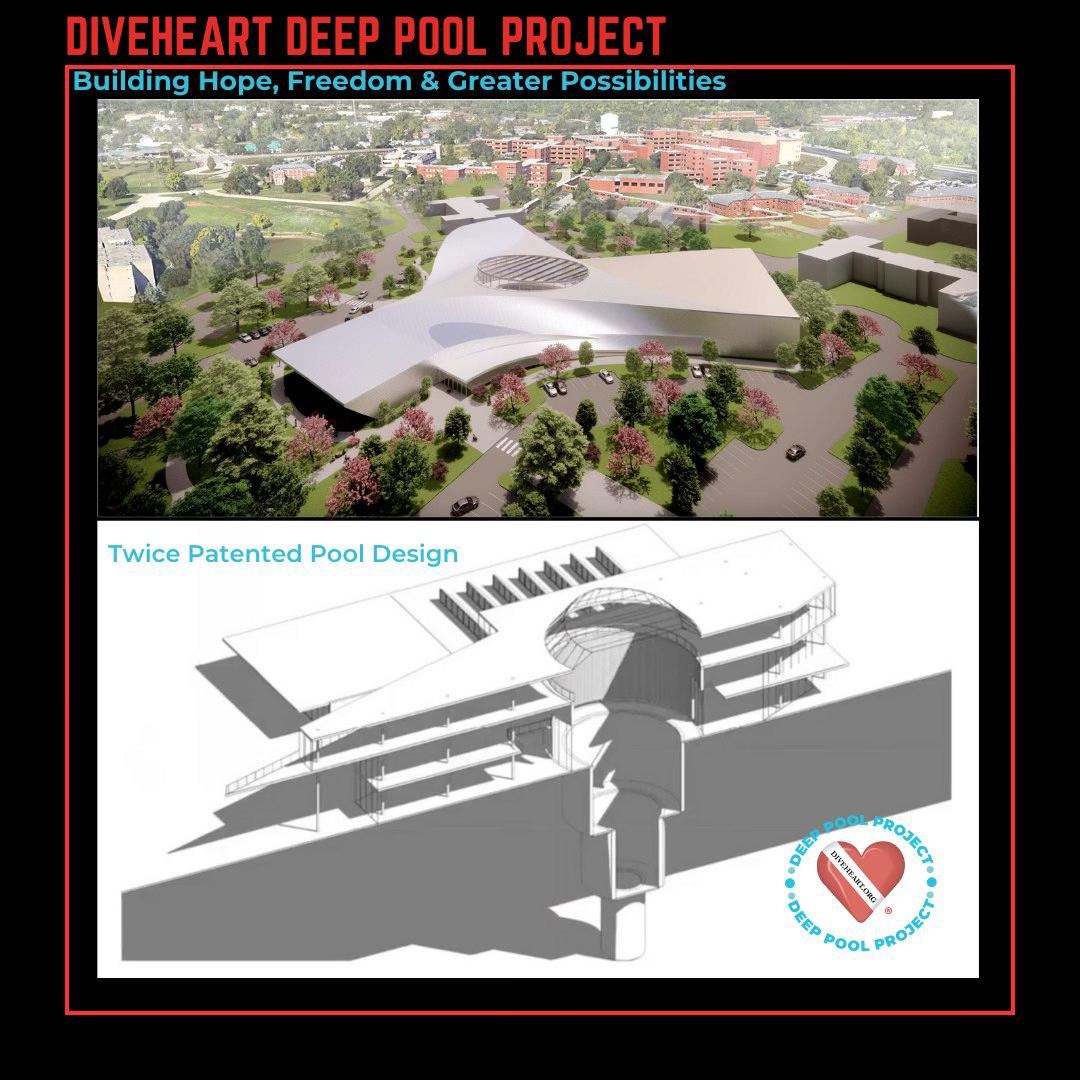 |
Photo Credit: Diveheart.org |
Diveheart is a nonprofit organization that provides educational scuba diving programs to any child, adult or veteran with a disability. With adaptive scuba and scuba therapy, Diveheart’s goal is to build confidence, independence and self-esteem with their participants. The organization is setting out to build a new facility that will be the deepest pool in the United States and the world’s deepest warm water therapy pool. Located in North Chicago, the pool and facility will be committed to sustainability, employing a net-zero approach for minimal environmental impact. With a depth of 130 feet (40 meters), the main diving pool will offer a confined, warm water environment where participants can experience the benefits of deep-water diving. Learn more |
4. AI Identifies Key Marine Sites for Mozambique Conservation |
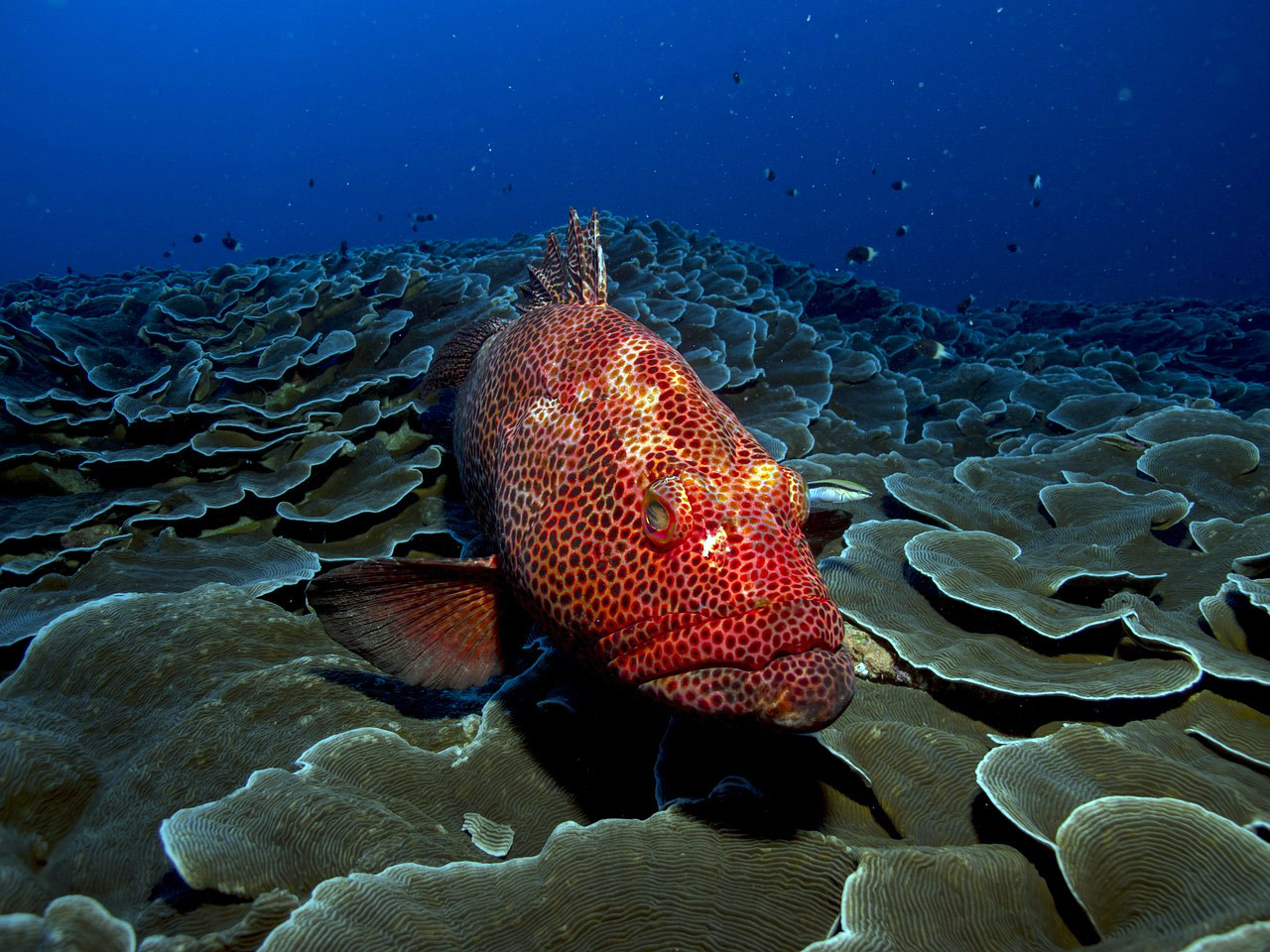 |
Image Credit: pixabay.com |
Mozambique is making strides in marine conservation through AI-driven mapping that identifies biodiversity-rich areas along its extensive coastline. In a recent study, the Wildlife Conservation Society (WCS) used predictive AI algorithms to pinpoint previously unmapped regions of high marine biodiversity. By analyzing satellite data on ocean temperature, sediment levels, and currents, WCS was able to spotlight coral reefs and other critical ecosystems that could be candidates for protected status. These findings allow Mozambique to prioritize areas for conservation, aligning with its collaborative approach to protecting marine life alongside coastal communities. For a country with a 2,450 km coastline, traditional mapping methods would be time-consuming and costly; the use of AI is transforming this process, enabling quick, cost-effective assessments. Supported by United States Agency for International Development (USAID) and other key partners, this research marks a significant milestone for WCS and Mozambique’s government as they seek to expand marine protected areas. These advances underscore the growing role of AI in addressing conservation challenges, and offering scalable solutions to safeguard biodiversity. Read More |
5. Sea Lions with High-Res Cameras |
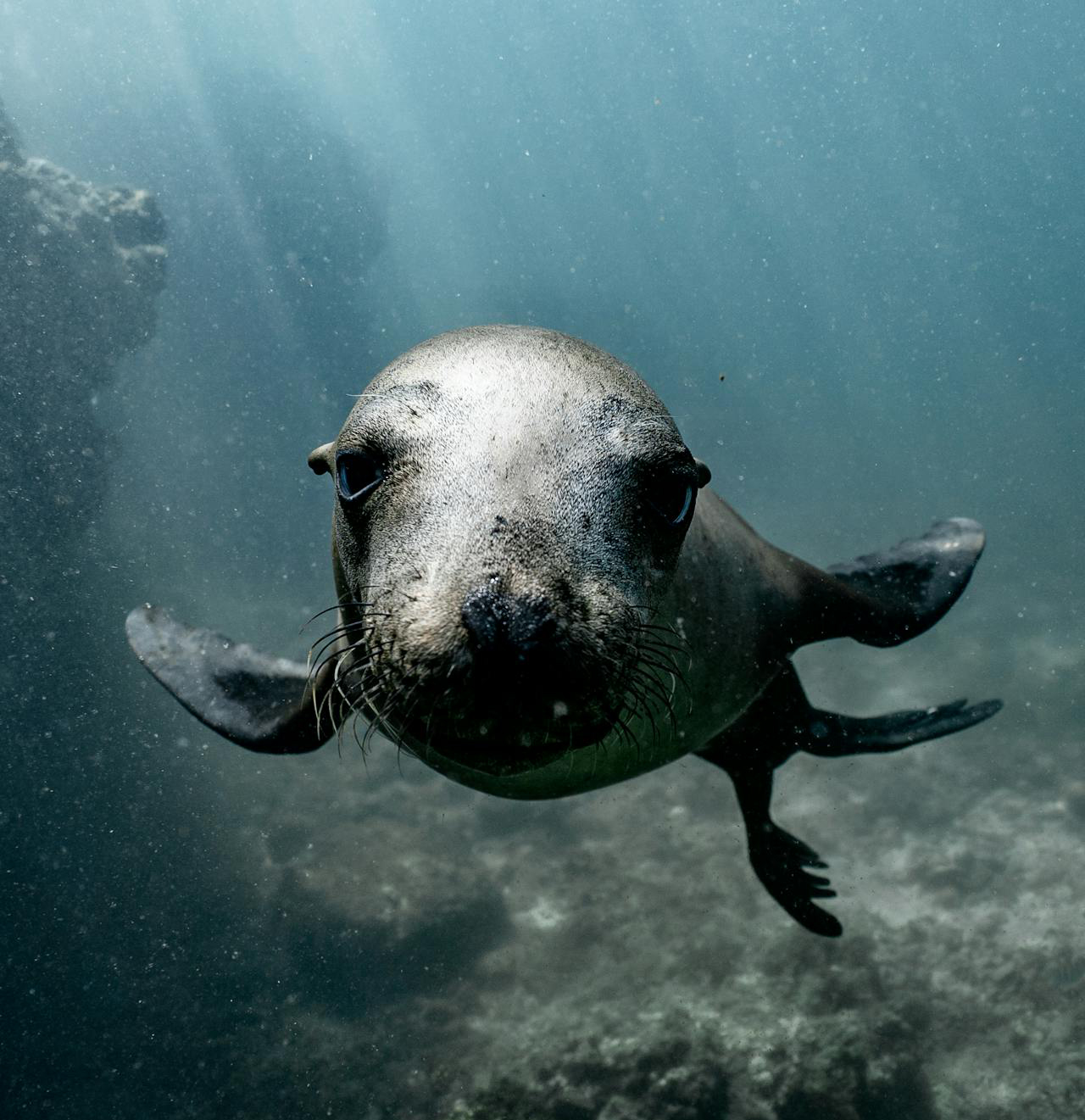 |
Image Credit: Elianne Dipp/pexels.com |
Marine biologists are mapping Australia's seafloor by attaching cameras to the backs of sea lions. Due to the high cost and challenges of deep-sea technology, only a small portion of the global seabed has been mapped to date. Allowing the sea lions to swim freely enables exploration of previously uncharted areas. In addition to mapping the seabed, the cameras and sensors provide valuable insights into the sea lions' habitat and behavior. So far, nearly 90 hours of footage covering more than 500 km (310 miles) has been recorded, helping to map 5,000 sq km (1,930 sq miles) of habitat Check out a video of the sea lions zooming through the water here. Read More |
| |
Thanks for reading! If you have any comments or suggestions for this newsletter please contact us at admin@thescubadirectory.com. Happy Diving, Logan Brown |
| |
 | |
|  | |
| |
|---|
|
|
|
|